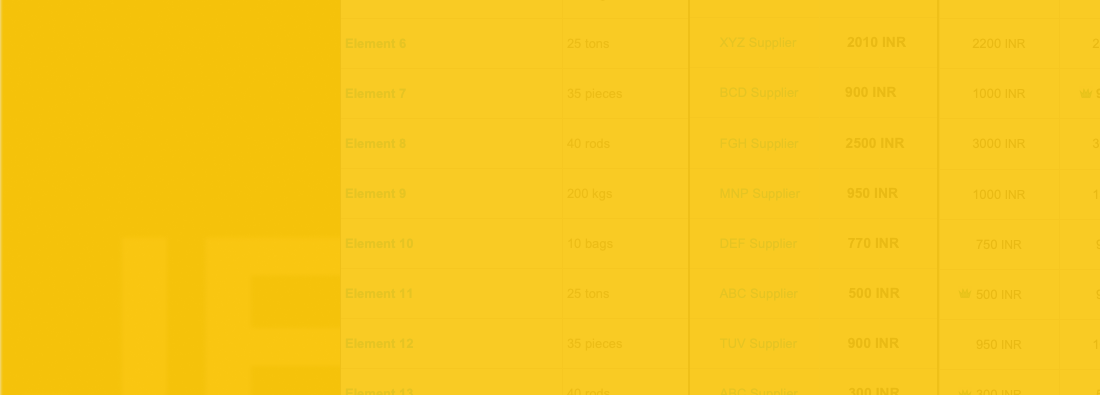Project Overview
Medical practitioners require a dependable medical practice management application that streamlines their clinic activities, from appointment scheduling to generating invoices.
We have designed a user-friendly interface with numerous features that cater to the needs of our users, which we have validated and refined through continuous iterations. Our solution allows medical practitioners to confidently manage their daily operations without inconvenience.
Industry
Healthcare
Duration
2020 - 2021
Target Users
Doctors, Nurses, Pharmacists, Lab Technicians, Clinic Owners and Managers
Role
I led the UX design from planning to wireframing, as well as providing guidance to the UI team and collaborating closely with the development team.
How can clinics manage their operations more efficiently? Despite the availability of management software in the market, many clinics need help to learn new applications, experience limited functionalities, and face communication issues with patients. Below is a list of the main concerns and needs expressed by users.
Doctors need to
1. Manage appointments and consultations at multiple clinics.
2. Get a comprehensive view of all patients and their history
3. Have an option for consultation with relevant images
The clinic owners face management issues such as:
1. Scheduling staff and online appointments
2. Handling purchase entries and stock
3. Managing different clinic activities
4. Customizing user permissions
5. Communicating with patients
2. Handling purchase entries and stock
3. Managing different clinic activities
4. Customizing user permissions
5. Communicating with patients
DISCOVER: Interview
We conducted a kickoff meeting with stakeholders to discuss project objectives and constraints. Our process included 3 weeks of interviews with doctors and clinic owners. Due to COVID-19, interviews were conducted via Zoom with a total of 9 participants, some of whom were both doctors and clinic owners. The main objectives were to understand their daily tasks and the current clinic management system.
The interview was in a semi-structured format. Analysing the raw descriptive data, these are the main insights we got
1. Using tally/excel for managing clinic accounts, product stocks and billing — Time-Consuming, Difficult to Track, Not Flexible
2. Online Clinic Management Solutions — Expensive, Not flexible to fit one doctor clinic
3. Multiple Clinics management — Frustrated with using multiple processes
4. Consultation — More comfortable with handwritten consultation but had to check with history each time
Below are some of the questions we focussed on.
The UX team of 2 members conducted it.
DISCOVER & IDEATE: Cognitive Map
We tried synthesising the entire ecosystem to uncover participants’ mental models and needs. A cognitive map is used as this doesn’t have a consistent structure and helps us to think and visualise in a free form. We tried to form relationships between concepts and integrate our new ideas into the current process.
Visual representation of the mental models
The image shows our cognitive map of appointments, consultations, purchases, and product topics. It was not final, and we made adjustments based on clarifications. Our UX team of two conducted it.
PS: While creating cognitive maps, we frequently consulted with the interview participants, who helped us clarify our thoughts and understanding in real-time.
IDEATE: How Might We Questions
To generate more ideas and possibilities, our team created How Might We (HMW) questions. This template encourages creative solutions and avoids individual biases. Here are some broad HMW questions we developed:
The UX team, Project Manager and Architect were involved in it.
During the experimental phase, we aimed to find the best solution for each problem. To investigate critical solutions from the ideation phase, we started with inexpensive, scaled-down versions such as paper sketches. These were shared with the team of the Project Manager, UI designer, and Architect. Low-fidelity prototypes were created using Axure RP9 implementing team inputs.
The UX team created prototypes that were tested and reviewed by interview participants via Zoom. Below are initial sketches and prototype screens.
PS: I could not share the low-fidelity prototype due to a non-disclosure agreement with the company.

Appointments listing screen for Doctors

New Appointment screen

Consultation screen for Doctors

Visits & Diagnosis History screen for Doctors

Tests History screen for Doctors

Doctor Profile screen

Pharmacist screen for prescribing medicines

Lab technician screen for publishing test results
As part of the design thinking process, we repeatedly test solutions and gather feedback. We test the identified solutions with participants at every stage and return to the previous stage when necessary. Additionally, we tested the complete prototype with navigation via Zoom to identify confusion in the navigation for the multiple clinics functionality. Multiple clinics functionality helps doctors and clinic owners seamlessly switch between their clinics, thereby efficiently handling appointments, staff, purchases and stock.
Version 1 and version 2 of department drop-downs and status filters
Version 1 and version 3 of clinic selection and clinic functionalities
Version 1 and version 3 of the user profile options
This project provided valuable experience in testing with actual users. During the testing phase, it became clear that making navigation clear is imperative to understanding the whole picture. Including real users in the UX process is game-changing, as it provides actual data and insights rather than assumptions.


